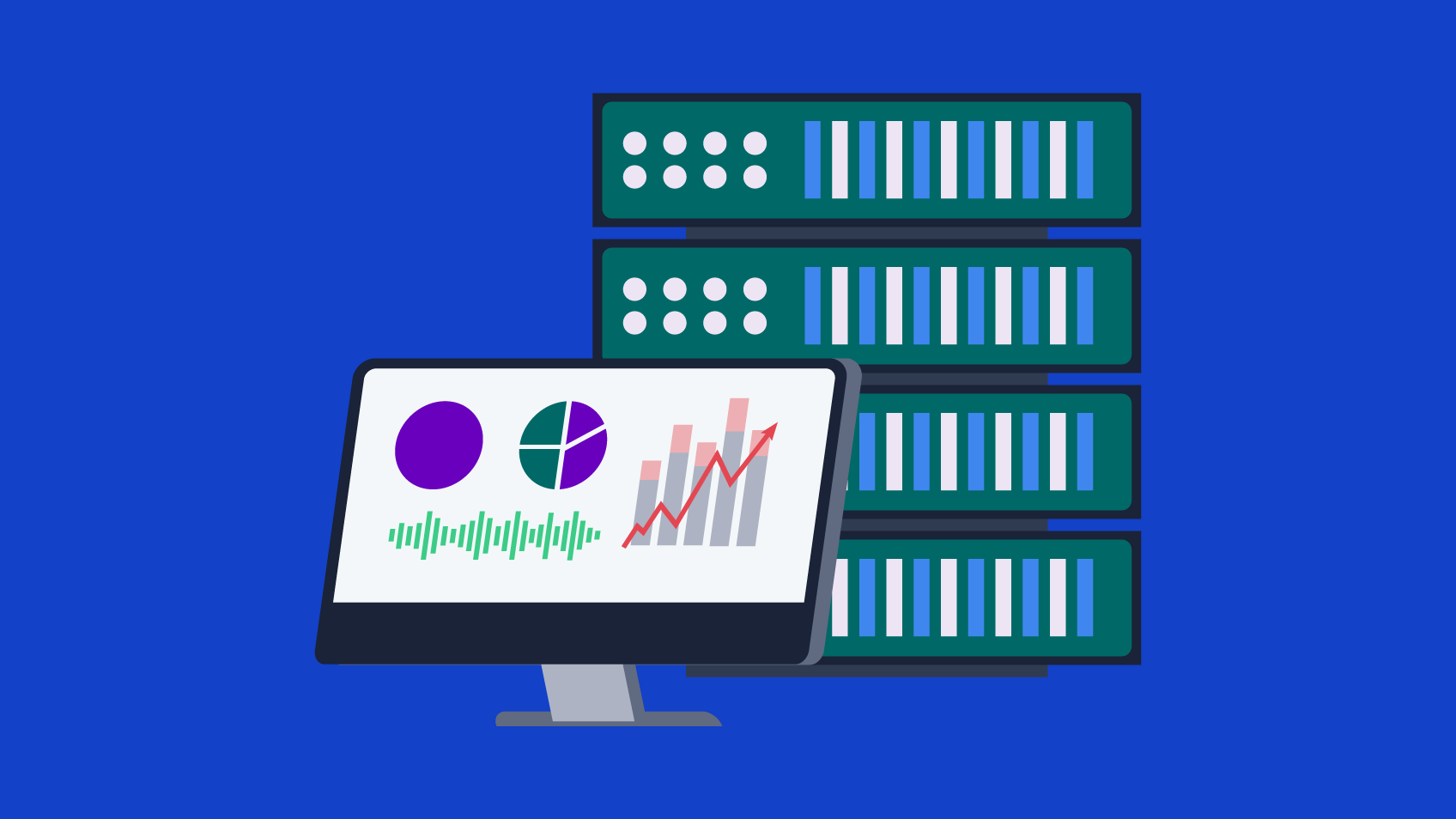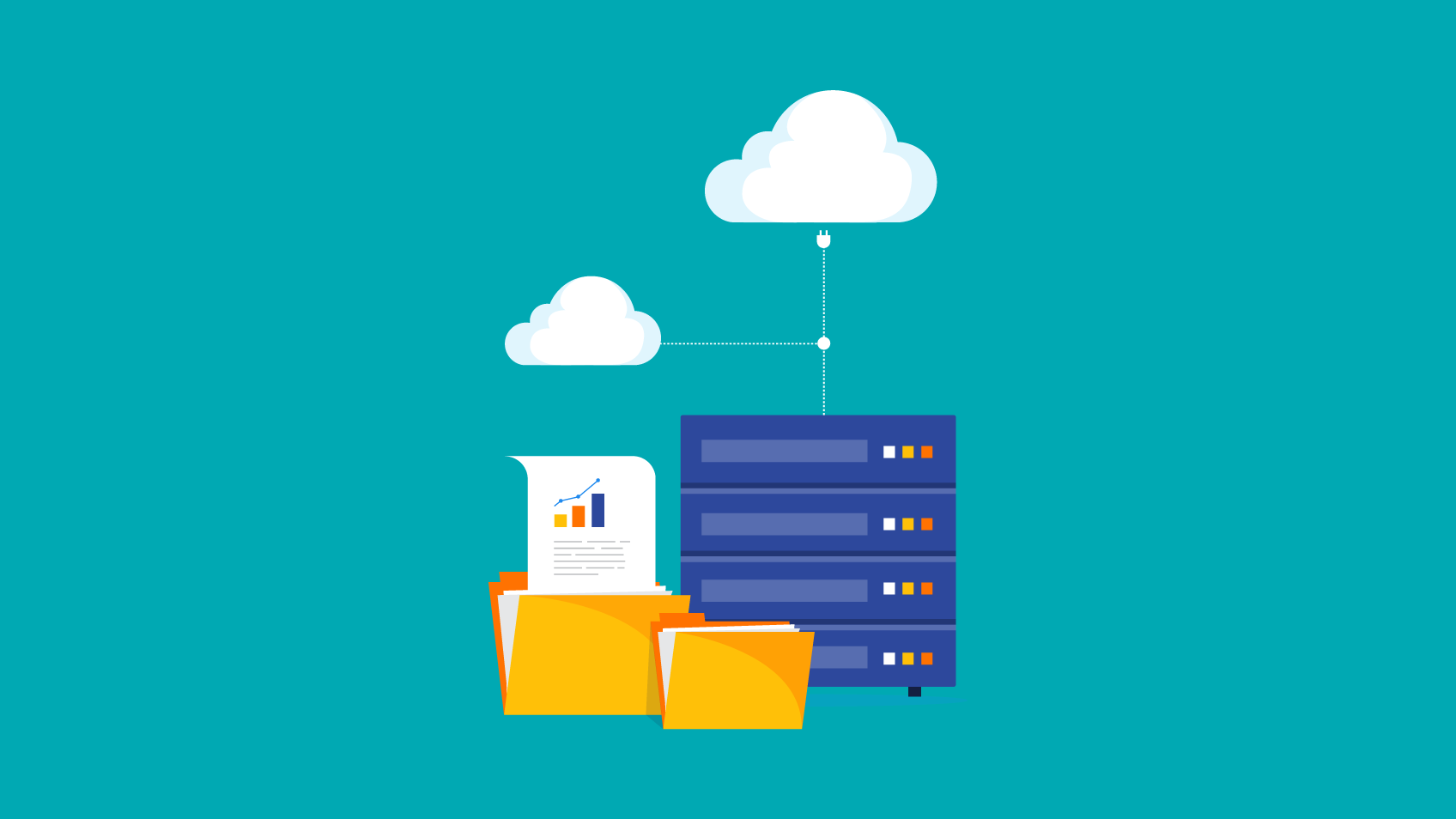5 SECONDS-SUMMARY:
- DataOps is a conjunction of practices, frameworks, architectural patterns and cultural norms, and its purpose is to help you mitigate the obstacles that prevent you from managing data with quality and efficiency.
- DataOps can bring significant benefits linked to its three main principles: Agile, DevOps and Lean Manufacturing.
1. Agile
For a company to be collaborative and innovative, especially in terms of data, DataOps uses Agile Development so that teams can work together with users in sprint basis and recurrently redesign their priorities if needed to achieve the evolution of requirements and continuous feedback from users. This is a best practice when responding to data requirements because business needs can change frequently, and this methodology helps all teams to evolve the solution steadily, especially when we speak about DataOps. The way an analytics solution will be implemented and the time it will take, for sure, depends on how tasks are organized, continuous validation of results, mitigation of errors and requirements discussions.
2. DevOps
As we well know, DevOps is linked to the build lifecycle for software development. This term can be easily associated with DataOps, but DevOps methodology is only one of its components. Data analytics solutions always use a stack of technologies, and those tools are used by different teams on the same solution making it likely to have segregated data products but also some common components that need to be synchronized. That is why there is a need to “versionise” the code of those solutions, and besides that, these projects need to follow a structure where different approaches are made. There is a place where you develop your data pipelines, data models, dashboards, etc.; there is another one where you test the quality of them and another one, which we call Production, where you give the business users your solution so they can work. By following these best practices, errors can be reduced, and the solution’s overall quality can be improved.
3. Lean Manufacturing
As we spoke of analytics development and deployment, there is a part that is missing, the orchestration and management of the data pipelines. We need to see these data pipelines as manufacturing lines, and as we know, all companies in the world should carefully monitor their lines of production, especially their quality, mitigation of defects and efficiency times. When we speak of data pipelines, we speak about the real side of operations in data analytics. This means that we need to monitor each step of those data pipelines and do various kinds of testing to ensure the quality and transparency of data. When you have a system well-engineered built around your data pipelines, each set of data will be strictly verified, and if something is wrong, your analytics team will be alerted or notified before business users face the impact.
Final Thoughts
Data value is increasing, and much of it comes from the diversity of data captured and the possibilities of correlations. In this context, analytics solutions are becoming increasingly more complex but also more valuable. That case could be yours, and even if you are not there yet, you need to ensure your solution is future-proof, so you will use DataOps methodologies to achieve excellence and get the maximum value out of your data. As we mentioned earlier, data pipelines are like manufacturing lines, so it is key to ensure data pipelines are well monitored and organized. It is a matter of mindset, and the sooner you prioritize DataOps, the sooner your Data Journey will come true.

Data Engineer – Xpand IT














